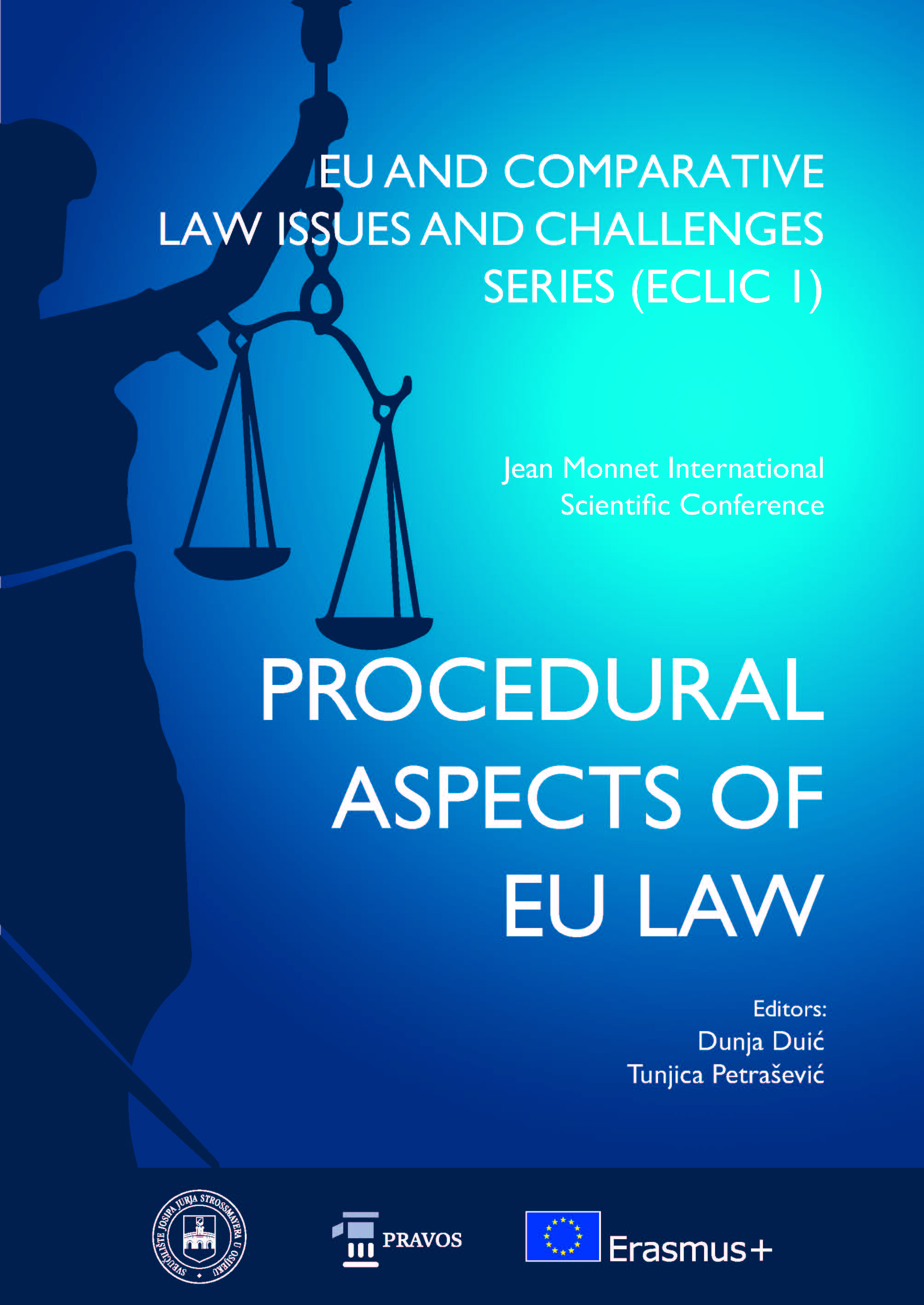EU INSOLVENCY LAW - NEW RECAST REGULATION ON INSOLVENCY PROCEEDINGS
DOI:
https://doi.org/10.25234/eclic/6522Abstract
Intensive process of Europeanization and the creation of internal market significantly changed European business landscape. More and more European companies are spreading their businesses across Europe what consequently raised considerable number of issues to address, such as, law applicable to corporate activities, creditor’s rights, etc. The problem is particularly complex and complicated in case of companies’ bankruptcy. In „massive“ bankruptcy cases with cross border elements, involving large number of creditors, companies assets in several member states, large number of employees etc., it is hard or impossible to coordinate all activities, to ensure equal treatment and equal rights to all creditors, prevent forum shopping or/and to trace, collect and sell debtor’s assets. Having in mind all that and the fact that conflicting Member States insolvency rules create uncertainty among investors, discourages cross-border investments and cause delay in restructuring, EU is taking steps in harmonizing insolvency law since early 1980’s. However, the first EU Insolvency Regulation was not enacted until year 2002. The 2002 EU Insolvency Regulation sets forth a framework for cross border insolvency within the EU, especially providing rules for the international jurisdiction of a court in a Member State for opening of insolvency proceedings, the automatic recognition of these proceedings and the power of „liquidator“ in the other Member State, and important choice of law provisions. After 10 years of application of 2002 Insolvency Regulation, in year 2012, the EU Commission decided that it is time to modernize EU insolvency law. As a result it came out with the proposal of the Recast Insolvency Regulation. Recast Insolvency Regulation was finally adopted by the EU Parliament and Council in June 2015 but it will enter into force in year 2017. The new Recast Insolvency Regulation does not adopt radically different approach compared to previous Regulation not it offers revolutionary different solutions. The fundamental premise that insolvency law is a matter for each EU member state has remained. However the Recast regulation strengthens and broadens the framework of recognition and co-operation which the 2002 Insolvency regulation set up over a decade ago. In that context, paper will address processes of harmonization of EU insolvency law. It will emphasize the most important aspects of EU insolvency regime. Special attention will be given to substantive and procedural issues as regulated in the Recast Insolvency Regulation.
Downloads
Published
How to Cite
Issue
Section
License
Copyright (c) 2018 EU and comparative law issues and challenges series

This work is licensed under a Creative Commons Attribution-NonCommercial 4.0 International License.
Authors retain the copyright on the papers published in the Journal, but grant the right of first publication to the Journal. Papers accepted for publication or already published in ECLIC of the Faculty of Law in Osijek may be published by the author(s) in other publications only with proper notice of its previous publication in ECLIC.


